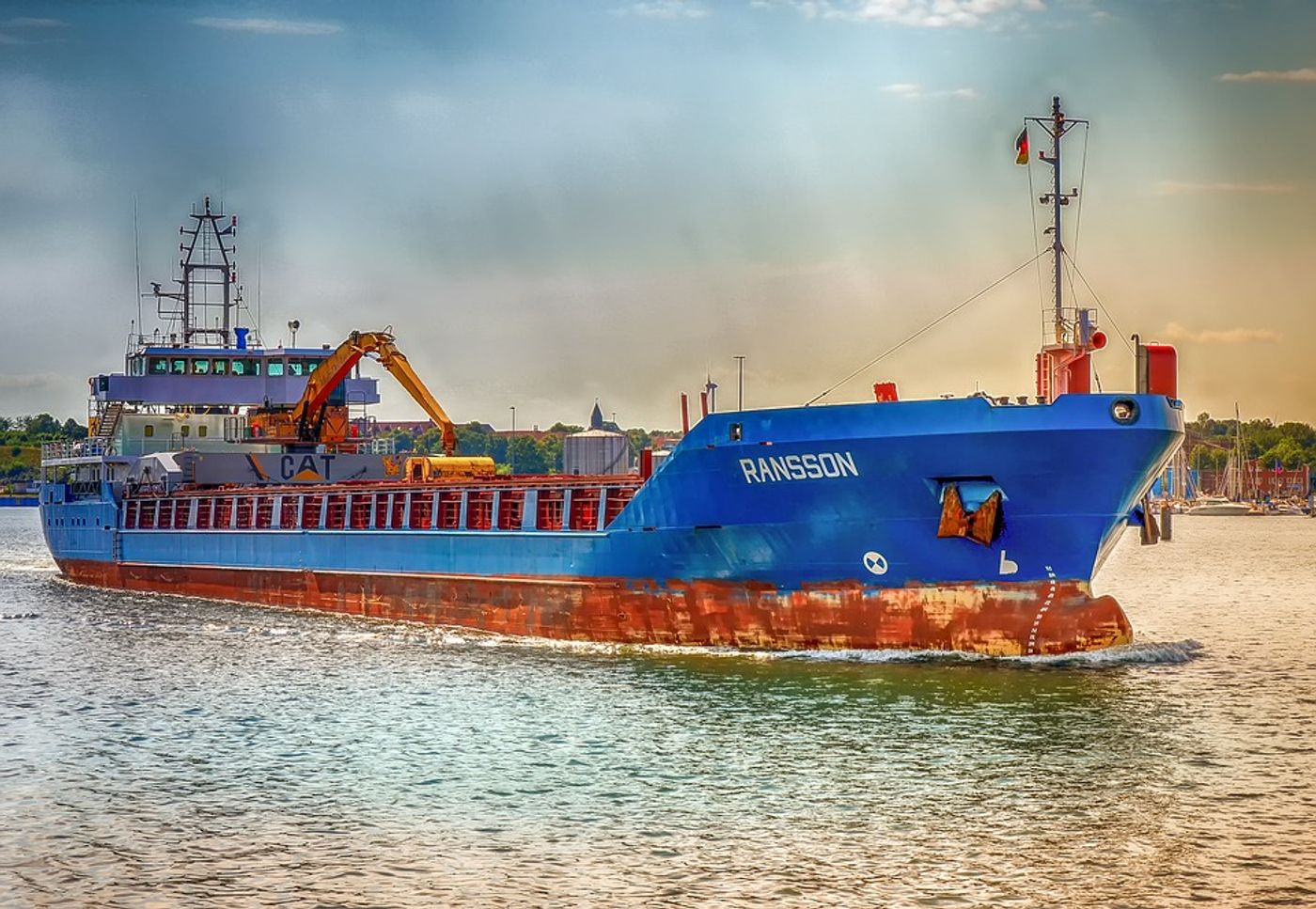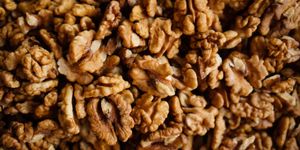What's the carbon footprint of your fish stick?
New research from scientists at the University of California, Santa Cruz highlights the unsustainable footprint of the processed fish industry. The study, entitled "Climate Forcing by Battered-and-breaded Fillets and Crab-flavored sticks from Alaska Pollock," sheds light on the negative impacts that the seafood supply chain has on the climate. It was published recently in the journal Elementa: Science of the Anthropocene.
It is no secret that much of the way that we farm our food is unsustainable. This study looked particularly at the environmental impacts of the Alaskan pollock industry, which is sold as fillets and used to make products like fish sticks and imitation crab.
"The food system is a significant source of global greenhouse gas emissions, and Alaskan pollock is one of the biggest fisheries in the world," said lead author Brandi McKuin. "These findings highlight the need to take a comprehensive approach to analyze the climate impacts of the food sector."
This investigation considered greenhouse gas emissions throughout the entire supply chain, from fishing through the retail display case. The researchers determined that post-catch processing produces almost double the emissions generated by fishing itself. In considering the transoceanic shipping of exported seafood products as well as the carbon emissions of "short-lived" pollutants in seafood, the team found certain "hot spots" where the seafood industry could work to cut greenhouse gas emissions.
This research was the first to consider the climate impacts of post-catch processing of the seafood industry. Co-author Elliot Campbell, a professor of environmental studies at UCSC, commented "This study highlights the need to expand our view to encompass the entire supply chain. It's not enough to look just at fishing. The picture is much bigger, and it's much more complicated." The researchers hope their work will aid in illuminating that bigger picture to, in turn, provide more accurate calculations of the carbon footprint of seafood.
Sources: Elementa: Science of the Anthropocene, Science Daily









